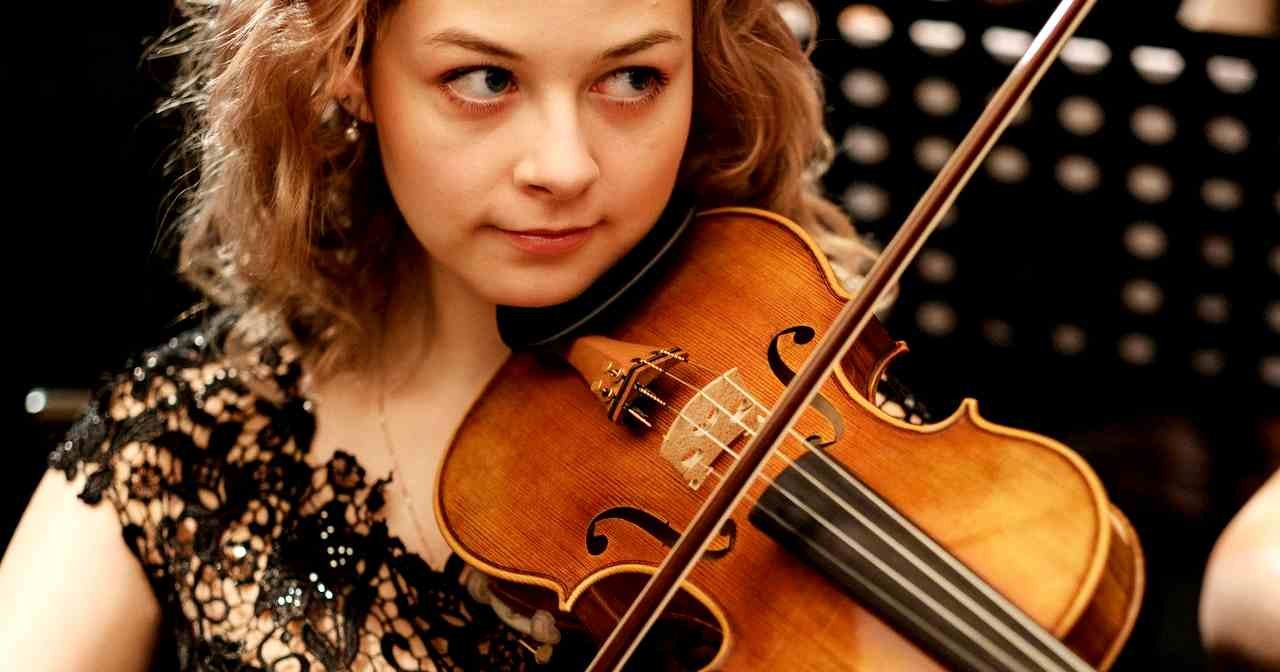How can AI help the art of violin making?
A new study shows that it can, for example, help predict the sound produced by a tonewood block once it’s been carved into the shape of a violin plate. It can even determine the best shape for the best sound.
These are the conclusions of a new study that appeared on May 4 in Scientific Reports.
In the article “A Data-Driven Approach to Violinmaking,” the Chilean physicist and luthier Sebastian Gonzalez and the professional mandolin player Davide Salvi show how a simple and effective neural network is able to predict the vibrational behavior of violin plates.
This prediction is obtained from a limited set of geometric and mechanical parameters of the plate.
A game-changer for violin making
The ability to predict the sound of a violin design, can truly be a game changer for violin makers.
Not only will it help them do better than the “grand masters”, but it will also help them explore the potential of new designs and materials.
This research shows how AI, physical simulation, and craftsmanship can all join forces.
Together, they shed light on the art of violin making.
Violins are extremely complex objects, and their geometry is defined by their outline, arching on the horizontal and vertical sections.
The inspiration for this study came from a historical drawing on display at the “Museo del Violino” in Cremona. Politecnico di Milano researchers developed a model that describes the violin’s outline as the conjunction of arcs of nine circles.
Thanks to this representation and an efficient model of the curvature of the plate, based on the renowned “Messiah” violin by Stradivarius, researchers were able to draw a violin plate as a function of 35 parameters.
A shareable AI data set for future violin making
By randomly changing such parameters, such as radii and center position of the circles, arching, thickness, mechanical characteristics of the wood, etc., they built a dataset of violins.
This set includes shapes very similar to those used in violin making. But it also includes designs that had never been seen before. Such shapes constituted the input for the neural network.
Advanced tools for the modeling of vibrations were used for characterizing the acoustic behavior of each violin in the dataset.
The next step was to understand if a simple neural network could predict the acoustic behavior of a violin plate. The answer turned out to be positive, with an accuracy that came close to 98%, exceeding any expectations.
A neural network for luthiers
This work offers an innovative and promising tool in the hands of Cremona violin makers. And, in perspective, in the hands of the international community.
By using a neural network, it will enable luthiers to predict how a tone-wood block will “sound” once carved into a plate.
But it can also be used to design two violins with matching acoustic behavior even if built with different wood.
In the future this research will allow us to select the best wood to be used for a particular violin, something that today is still based on purely aesthetic considerations.
Of course, there is still lots of work to be done.
As the authors write, “Further studies of the influence of the arching and the dependency of the acoustic response on parameter variation are needed to understand how to properly reproduce or, even better, how to improve on the sound of the ‘old masters’.”
Related science and psychology news:
- AI vs human: instead of despairing, people who find themselves losing to a computer on an IQ test roll up their sleeves and try harder.
- Brain waves and child development: a new study shows a baby’s EEG scan can reliably predict that same baby’s IQ score at age seven.
Study: “A data-driven approach to violin making“
Authors: Sebastian Gonzalez, Davide Salvi, Daniel Baeza, Fabio Antonacci & Augusto Sarti
Published in: Nature Scientific Reports
Publication date: May 4, 2021
DOI: 10.1038/s41598-021-88931-z
Picture: by cottonbro from Pexels

